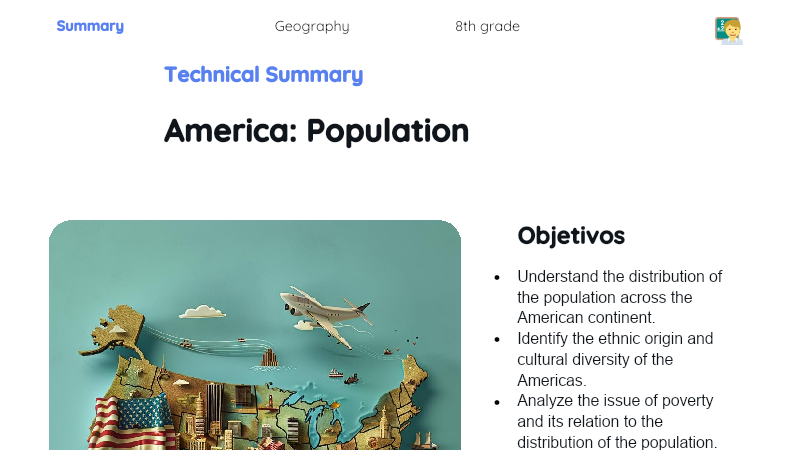INTRODUCTION
Relevance of the Theme
- Exploring the World: Maps and photographs are magical windows that show us the world from above, as if we were high-flying birds!
- Spatial Understanding: They help us understand where we are and how the places we know and love are organized.
- Everyday Tools: We use maps and photos in daily life to find addresses and remember special moments.
- Foundation for Future Learning: They are fundamentals for more complex subjects that we will learn as we grow, such as History, Science, and Mathematics.
Contextualization
- Geography for Little Explorers: Integrates the initial block of Geography, an invitation to curiosity and knowledge of space.
- First Cartographic Steps: It is part of the development of the notion of space and location, important skills for intellectual growth.
- Connection with Daily Life: Connects the classroom with the world outside, showing how everything is interconnected.
- Broadens Worldview: Encourages the perception that we are part of a larger and diverse community.
THEORETICAL DEVELOPMENT
Components
-
Maps
- Miniaturized Representation: A map is like shrinking the world and putting it on paper.
- Symbols and Colors: Use small drawings and colors to show rivers, roads, mountains, and cities.
- Orientation: Teaches how to use the compass rose to know where north, south, east, and west are.
- Scale: Shows the idea of proportion, like a centimeter on the map can be a kilometer in the real world.
-
Photographs
- Frozen Moments: Photos are like freezing a second and keeping it forever.
- Real Perspective: Show things as they are seen from a certain point, more similar to what our eyes see.
- Memories: Help remember places or events we experienced.
Key Terms
- Aerial View: Looking from above, as if we were flying. In maps and aerial images, we see everything like this.
- Oblique View: When we look at something from an angle, not straight from above.
- Natural and Artificial Elements: In maps, natural elements are rivers and mountains; artificial are houses and streets.
- Compass Rose: A compass drawn on the map, shows directions and helps us not to get lost.
Examples and Cases
-
School Map
- Identifies where each classroom is, the sports court, the cafeteria on the map drawing.
- Learns to find the best path between the classroom and the library.
-
Class Photo
- Recalls the day of the photo and identifies where each classmate was sitting or standing.
- Observes the angle of the photo and how the arrangement of classmates changes the perspective.
-
Aerial Image of the Neighborhood
- Recognizes the school, houses, and streets seen from above.
- Compares the aerial photo with a map of the same place and notes the differences and similarities.
DETAILED SUMMARY
Relevant Points
- Little Cartographic Explorers: Learning how maps are miniatures of the world, with symbols and colors to represent various elements.
- Bird's Eye View: Understanding how the aerial view gives us a different perspective, seeing everything from above, in maps and aerial images.
- World in Angles: Understanding how the oblique view in photographs shows us places as if we were there, looking from one side, and not from above.
- Simplified Navigation: Using the compass rose for orientation, knowing how to identify the main directions and locate oneself in space.
- Real versus Represented: Distinguishing between natural and artificial elements in maps and photos, and how they appear in each type of representation.
- Scale of Proportion: Understanding that the scale on maps helps to understand the real size of things compared to the size on the map.
Conclusions
- Maps and Photos, Useful Tools: We conclude that maps and photographs are important tools to understand our space and preserve memories.
- Coexistence of Perspectives: We learn that the aerial view and the oblique view can show the same place in different ways, each with its usefulness.
- Everyday Elements: We identify that the school map and the class photo are practical examples of how we use these representations in everyday life.
Exercises
- Draw Your Map: Create a simple map of your classroom, placing the teacher's desk, students' desks, and the blackboard. Use symbols to represent each element.
- Stories from a Photo: Choose a photograph from your home or a trip and tell a brief story about what happened that day, focusing on the details that the photo shows.
- Live Comparison: Bring a photo of a place you like and try to draw a map of that same place, noting the differences between what the photo shows and what you include in the map.



